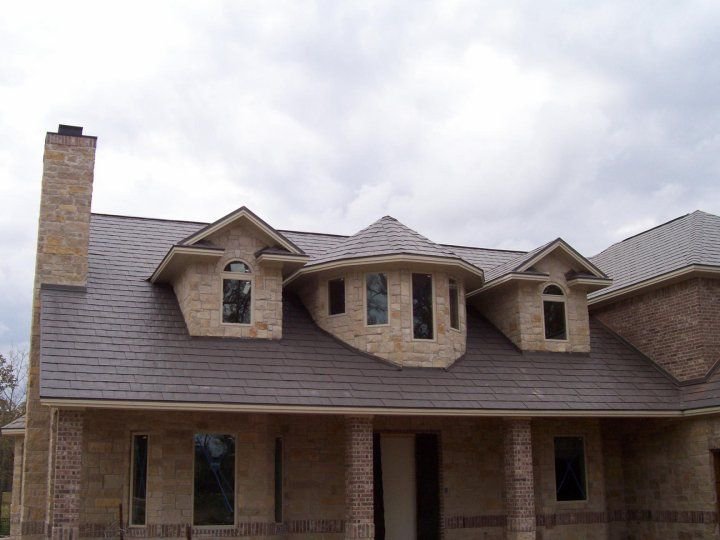 The roof is designed as a shield for the home from all the elements that fall from the sky, such as hail or rain. While it is designed to take extreme beatings from the elements, there will come a time when the material will break down and fail. One thing that can cause this to happen is heavy wind. According to professional contractors, in the years 1991 and 1995 an estimated eight billion dollars was spent repairing roofs that were damaged by strong winds.
The roof is designed as a shield for the home from all the elements that fall from the sky, such as hail or rain. While it is designed to take extreme beatings from the elements, there will come a time when the material will break down and fail. One thing that can cause this to happen is heavy wind. According to professional contractors, in the years 1991 and 1995 an estimated eight billion dollars was spent repairing roofs that were damaged by strong winds.
Damaging Power
One of the most powerful forces here on earth is wind and most residential buildings are no match against its full force. It is not common for houses to experience some of the more devastating forms of these powerful tempests, such as tornadoes or hurricanes. For homes located in or near “tornado alley,” or in an area on the Gulf of Mexico or the Atlantic Coast, there is a high risk of experiencing such events. In 1991, a Category 5 hurricane named “Hugo” swept across Puerto Rico, St. Croix, North Carolina and South Carolina with powerful wind speeds, devastating buildings along its path.
Wind can apply negative and positive pressure on different sections of the top of the building at the same time. The problem begins when shingles begin to loosen from these winds. Once the individual shingles start to loosen, the more drag is created; eventually wind gets under the shingles and the entire roof is removed by this force.
Wind Proofing
Although strong winds can be hard to prevent creating damage tdevastationo a roof, there are some items that need to be considered to provide some help against the winds :
- Hip Design – The overall design of the roof is the first step to protecting the structure from strong winds. A hip design is the most ideal pattern as it generates the least amount of drag. When designing a hip roof, avoiding installing it at a low or flat angle since it can create a lift similar to that of the wing of an airplane.
- No Missing Shingles – Missing shingles are one of the weaknesses of a roof. The gaps can increase drag and cause the surrounding shingles to fly off. Once one of the shingles is removed, it’s only a matter of time before a cascading effect occurs, causing the surrounding shingles to fly off as well.
- Repair Flashing – The flashing is another weak point of the roof. Once flashing is removed, it will leave a gaping hole that could create more drag and make the rest of the structure susceptible to damage.
- Use Durable Material – Today, more manufacturers are trying to produce material that meets the stringent requirements set by the American Society for Testing and Materials. Class 4 rated shingles are designed to be used in any wind prone area. Unlike conventional material, the strength and durability of Class 4 rated shingles is verified using metal steel balls. In addition, Class 4 shingles use a six nail pattern in comparison to the three nail pattern used on conventional shingles. Another thing that sets Class 4 shingles apart from conventional shingles is the price. The installation of this type of material will cost homeowners as much as fifty percent more than standard material; however, along with this increased price comes a longer warranty and a service life of 30 to 50 or more years.
Extreme wind speeds can have a devastating effect on homes. For buildings located in a wind prone area, the above tips can help prevent a certain of damage to roofs and lower repair costs when that tempestuous wind strikes!
Are you looking for a roofing Houston company to help prevent wind damage to your roof? Schulte Roofing of Navasota provides roofing services to the greater Houston area and can help Houston customers with all of their roofing needs!
